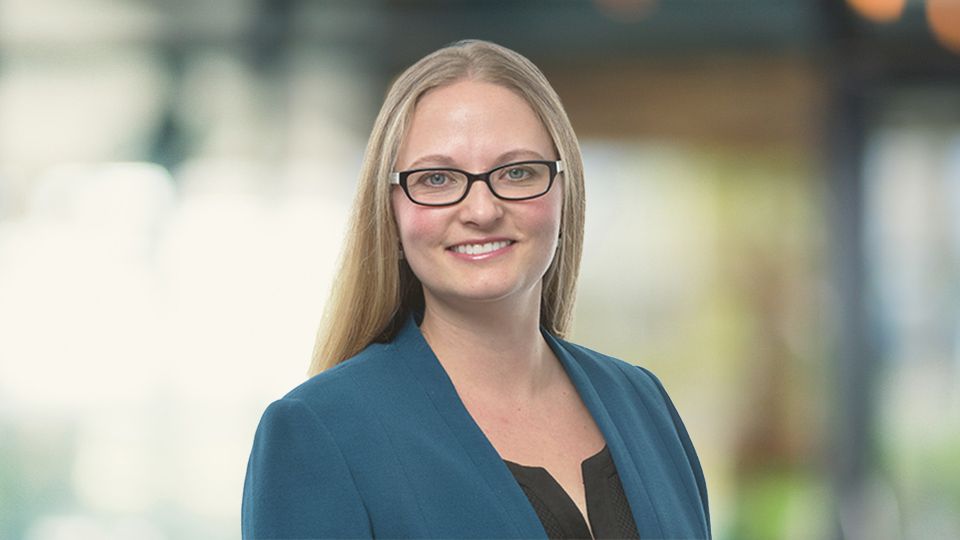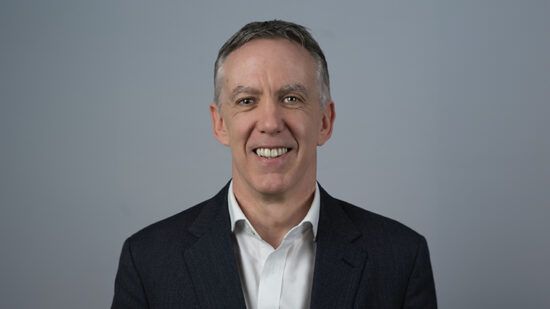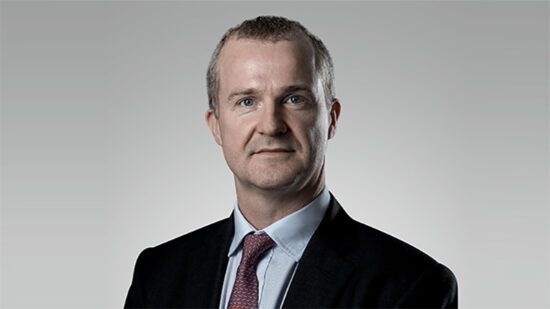Not a lot has been written about ESG in fixed income, but it’s the next frontier in ESG and is poorly understood. Here are four lessons I’ve learned after working closely with our fixed income team over the last six years
One: It’s different to equities
For the more sophisticated reader, this point will be obvious. But for people new to ESG, there are some really important points of difference and it’s imperative that fund selectors and those evaluating and appointing fixed income asset managers understand this. Many of the bonds we buy are asset-specific, so for example we may buy a bond where the parent issuer is Engie (the French utility), but where the proceeds are used specifically to fund a project or asset, such as First Hydro (a hydro-electric plant in Wales). The ESG risks of Engie as a general utility company with coal, gas and nuclear assets is very different to First Hydro which generates hydroelectric power. To effectively integrate ESG you need to understand this essential difference in who exactly you are lending to.
We can also lend in different ways across a company’s capital structure. For example we can lend to a company on an unsecured basis where ESG risks at the parent company have a higher likelihood of impacting the bonds. Or we can lend on a secured basis, where the ESG risk highly depends on the quality and management of the assets you are financing. Of course you also have duration to think about – ESG risks for a bond maturing in three months is different to one maturing in thirty years. This is fundamentally different to equities, where ESG risk is pretty static. But these nuances are also what makes fixed income so interesting.
Two: You must think beyond green bonds
Often people’s initial approach to implementing an ESG approach within their fixed income portfolios is to look to green bonds, or increasingly also ‘social’ bonds. This is a natural starting point for clients wanting to quickly increase their green credentials. But if you’re looking for true ESG integration, you need to look beyond green bonds. In particular, there are a number of bonds you can invest in which are green in nature, but don’t have the convenient green label. We find that these often give us better financial returns for our clients with very similar environmental credentials to green bonds. Also, not all green bonds are created equal, so it’s important to have in-house experts look into each bond to see how green they truly are.
Three: Take ‘ESG data’ with a pinch of salt
Many of the traditional ESG data vendors are now offering ESG data for fixed income issuers, but often this falls short. In the majority of cases, the data is “rolled down” from an equity listed parent to its fixed income issuers. For unsecured bonds this might be suitable, but as illustrated in the Engie/First Hydro example above, it can be very misleading depending on how and where you are lending in the capital structure. ESG data is a good starting point, but should never be a substitute for bespoke in-house research.
Four: Bondholders CAN (and should) engage
When the industry first started talking about ESG in fixed income, the first reaction was “we can’t vote and aren’t owners so we can’t engage.” This effectively meant that being a responsible investor in fixed income was written off. However at RLAM, we’ve had a long-held belief that as a bondholder you can and should engage. There are a lot of industries where bondholders are the main source of financing, such as water or power utilities or social housing in the UK, and therefore bondholder stewardship is really important. We have regular interactions with our companies to address ESG issues, for example we’ve had regular contact with Southern Water since the fraud and pollution allegations. We’ve also been speaking to the UK’s household energy suppliers about how they are transitioning their business models for a low carbon future. We think this is an important and necessary part of being good stewards of our clients’ assets.
The path to integrating ESG into fixed income is not a straightforward one. Investors looking at this for the first time need to recognise that details matter in fixed income, and the most credible approaches to ESG will be nuanced and complex, but most certainly worthwhile.
Ashley Hamilton Claxton, is head of responsible investment at Royal London Asset Management and editorial panellist for ESG Clarity








